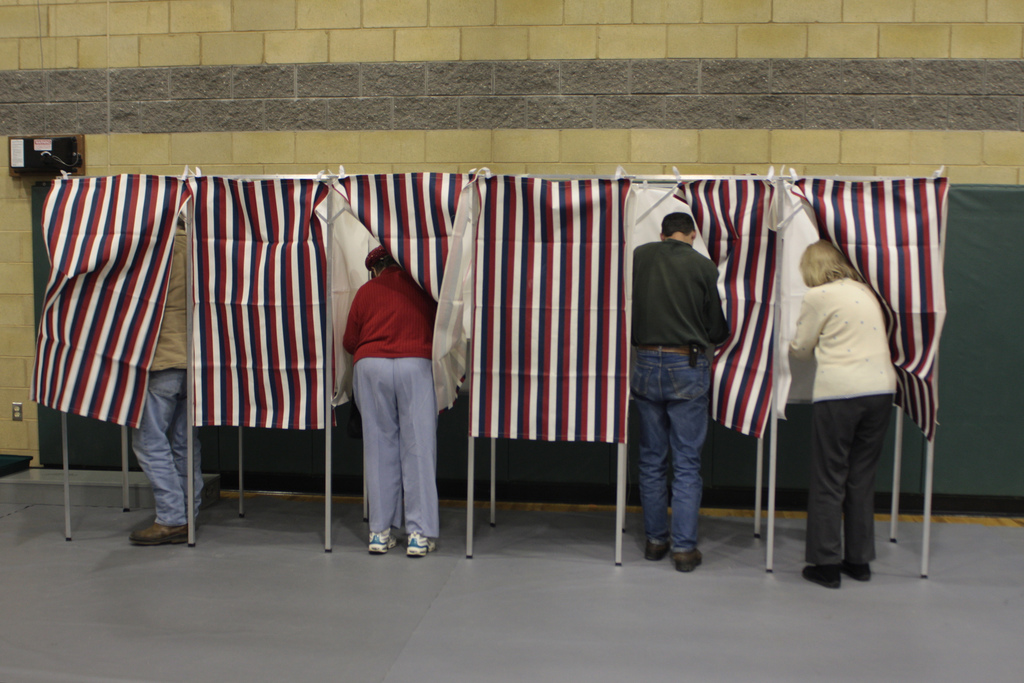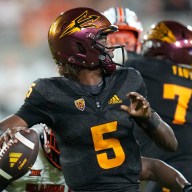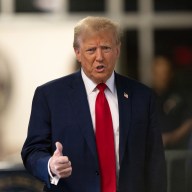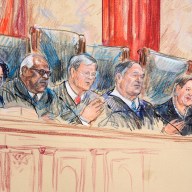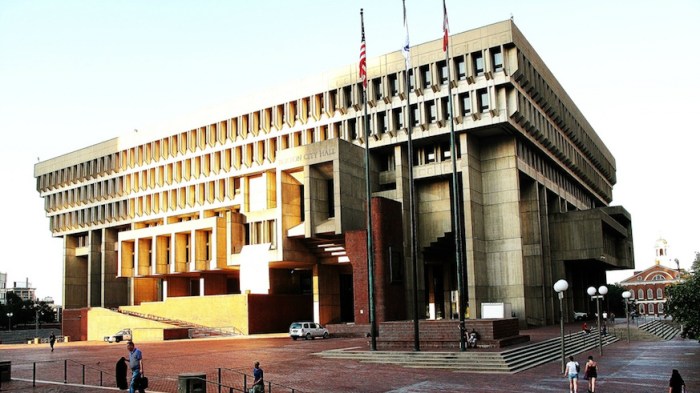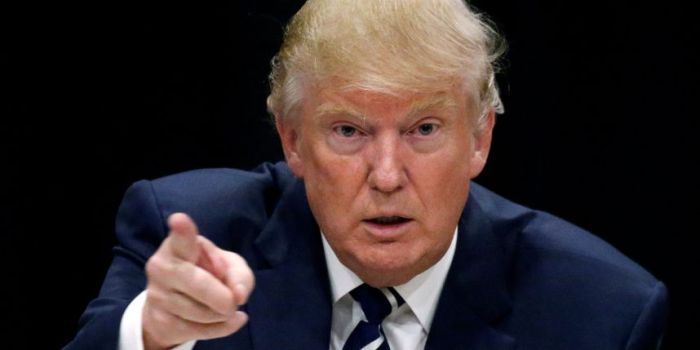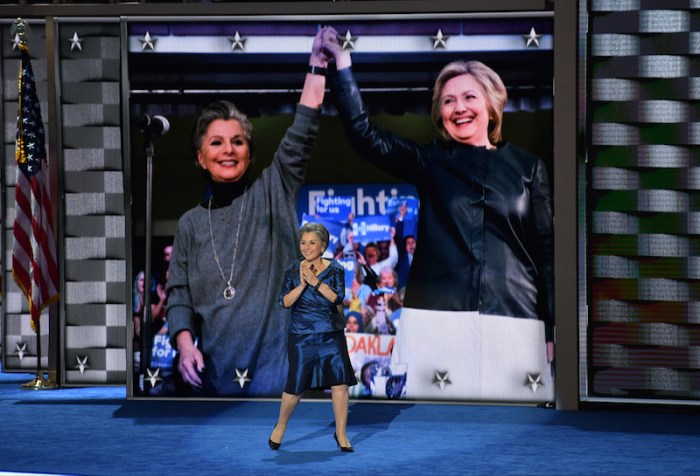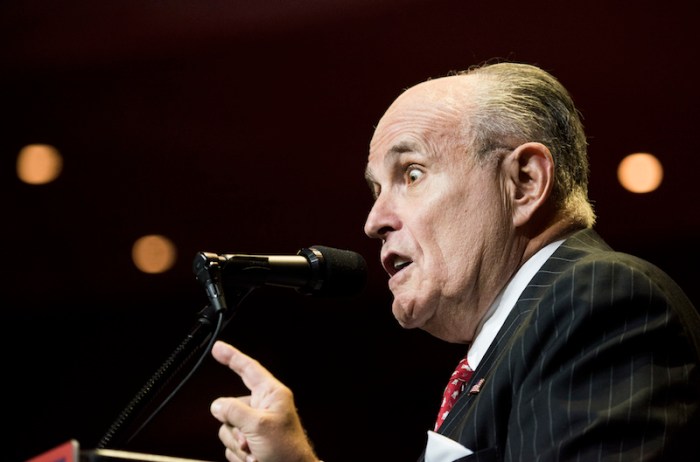In the United States, the presidential candidate who gets the most votes does not necessarily win. It’s the candidate who gets more electoral votes from the electoral college that claims victory. It’s a technical system with each state represented by so-called “electors” (party leaders, local elected officials or activists) in the electoral college. And here’s the even more complex bit: “Each state has as many electoral votes as their full representation in Congress,” saidFletcher McClellan, professor of political science at Elizabethtown College in Pennsylvania. “That is, the number of representatives in the House of Representatives plus two for senators. For example, Pennsylvania has 18 members in the House and two senators, so they bring 20 electoral votes,” he explains. There are 538 votes available, so a candidate needs 270 votes to become president. The states that offer the most electoral votes are California (55), Texas (32), New York and Florida (29 each). And while California and New York tend to be Democratic states, Florida has changed in the last six elections: it supported Bush in 2000 and 2004, and Obama in 2008 and 2012. And while Republicans tend to win in the interior states (Wyoming, Utah, Kansas, Idaho and Oklahoma) and southern states (Arkansas, Tennessee, Mississippi, Louisiana, Alabama, Georgia, South and North Carolina), Democrats are elected in the costal states (Washington, Oregon, Maine, Massachusetts, Vermont, Connecticut, Rhode Island) and some of the Midwest ones(Illinois, Minnesota). Colorado, Arizona, Nevada, Iowa, Michigan, Wisconsin, Virginia and Pennsylvania, in addition to Florida, are considered “swing” states. Through history they have shown support for both Democrats and Republicans, and this is where Clinton and Trump are concentrating their efforts. While Trump aims for states where the electorate is mostly made up of white uneducated voters (Iowa, 62 percent; Wisconsin, 57 percent; Ohio, 53 percent; Nevada, 42 percent), Clinton focuses on states where the difference between uneducated white voters and educated voters is minimal (Virginia, 2 percent; Colorado, 0.1 percent). Generally, states provide all the electoral votes to the candidate who wins. Exceptions to the rule are the states of Maine and Nebraska, which allocate them on a tiered system in which voters vote at both the district and state levels. In the U.S., the presidential election is viewed as 51 different elections, not as a single election across the country. Its origins
The election system has been in place since the founding of the United States. “The country’s founding fathers were concerned that direct democracy could produce populist and emotional booms that could be dangerous for the nation,” said Jack Goldstone, professor of public policy at the School of Politics and Government at George Mason University. “They also wanted each state to have weight; candidates would have to win in many states, not only by popular vote, to win the presidency. That’s why we have the electoral votes system. The founding fathers were not fans of democratic rules and did not want to give too much power to ordinary citizens. They were concerned that if the president was elected directly by the people, he or she could dominate the other branches of government by mobilizing popular support to get it.” When the popular vote doesn’t determine who becomes president
There have been times when the candidate who received more votes nationwide did not win the presidency. This was the case in the late 19th century and in 2000. George W. Bush defeated Democrat Al Gore by only four electoral votes (271 against 266). The difference was made by the state of Florida, where Bush won by 0.0092 percent, gaining enough electoral votes to win. Nationally, Al Gore got just over 500,000 more votes than Bush, but it was not enough. “The result of 2000 is a rarity in U.S. electoral history, saidMcClellan.”Usually the electoral college vote expresses the popular vote, giving the winner a large majority. This time, the electoral college was definitely unfair.”
Its origins
The election system has been in place since the founding of the United States. “The country’s founding fathers were concerned that direct democracy could produce populist and emotional booms that could be dangerous for the nation,” said Jack Goldstone, professor of public policy at the School of Politics and Government at George Mason University. “They also wanted each state to have weight; candidates would have to win in many states, not only by popular vote, to win the presidency. That’s why we have the electoral votes system. The founding fathers were not fans of democratic rules and did not want to give too much power to ordinary citizens. They were concerned that if the president was elected directly by the people, he or she could dominate the other branches of government by mobilizing popular support to get it.” When the popular vote doesn’t determine who becomes president
There have been times when the candidate who received more votes nationwide did not win the presidency. This was the case in the late 19th century and in 2000. George W. Bush defeated Democrat Al Gore by only four electoral votes (271 against 266). The difference was made by the state of Florida, where Bush won by 0.0092 percent, gaining enough electoral votes to win. Nationally, Al Gore got just over 500,000 more votes than Bush, but it was not enough. “The result of 2000 is a rarity in U.S. electoral history, saidMcClellan.”Usually the electoral college vote expresses the popular vote, giving the winner a large majority. This time, the electoral college was definitely unfair.”

